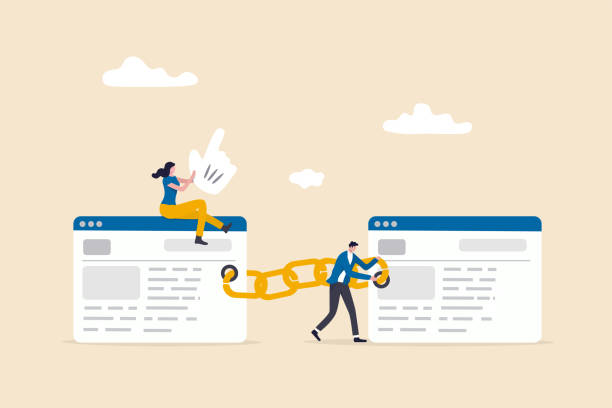Internal linking might not be the flashiest aspect of SEO, but it is one of the most powerful tools in your arsenal. When done correctly, internal links guide your visitors through your content, boost engagement, distribute page authority, and significantly improve your website’s search engine rankings. Yet, many website owners either overlook internal linking or execute it poorly missing out on major opportunities for growth and visibility.
Think of internal linking as building a network of roads within your website. When these roads are well-connected and easy to follow, users can easily navigate, spend more time on your site, and find the information they need—making them more likely to convert. Search engines also rely on internal links to discover, index, and understand the relationship between your pages.
In this guide, we will explore what internal linking is, why it matters for SEO and user experience, and how you can implement it effectively to maximize your website’s potential.
What Is Internal Linking and Why It Matters
Internal linking refers to the practice of linking one page of your website to another page within the same domain. These links help both users and search engines understand the structure and hierarchy of your website.
For example, if you are writing a blog post about “e-commerce SEO tips” and you have another article on “on-page SEO strategies,” linking the two gives readers a seamless path to related content. This also tells search engines that the pages are connected, which strengthens the context and authority of your site.
Internal links distribute what is known as “link equity” or “link juice.” When a high-authority page links to a less authoritative one, it passes on some of its value. This helps your newer or deeper content gain more visibility in search results.
Benefits of a Strong Internal Linking Strategy
A well-thought-out internal linking strategy offers multiple benefits that helps achieve some of the following results:
• Improves SEO: Helps search engines crawl and index your content efficiently.
• Boosts Page Authority: Spreads link equity across important but underperforming pages.
• Enhances User Experience: Guides users to related content and keeps them on your site longer.
• Reduces Bounce Rates: Leads visitors to relevant information, increasing the chances of conversion.
• Increases Content Discoverability: Surfaces older, valuable content that may otherwise be buried.
How To Build An Effective Internal Linking Structure
To get the most out of your internal links, follow these key steps:
1. Start with a Site Hierarchy:
Organize your website with a clear structure—Homepage > Categories > Subcategories > Posts or Pages. This makes it easier to decide which pages should link to which, based on topic relevance and user journey.
2. Use Descriptive Anchor Text:
Avoid generic phrases like “click here.” Instead, use descriptive keywords that tell both users and search engines what the linked page is about. For instance, link to “beginner’s guide to affiliate marketing” rather than just “read more.”
3. Link to Relevant Content:
Always link to pages that are topically related to the current page. This ensures users get the most out of your site and helps search engines understand the context of your content.
4. Avoid Overlinking:
Too many links on a page can dilute their effectiveness. Focus on quality over quantity—link only when it adds value to the user.
5. Update Old Content:
Revisit older posts and add links to newer, relevant content. This not only boosts your SEO but also keeps older posts relevant and fresh.
Tips and Tools to Optimize Internal Linking
• Audit Your Internal Links Regularly: Use tools like Screaming Frog, Ahrefs, or SEMrush to find broken links, orphaned pages, and opportunities for new internal links.
• Use Breadcrumbs: Breadcrumb navigation helps users understand where they are on your site and improves crawlability.
• Leverage Pillar Pages: Create long-form content (pillar pages) that link to shorter, related blog posts. This structure builds topical authority.
• Track Engagement: Monitor how users interact with your internal links using tools like Google Analytics to measure dwell time and navigation paths.
Conclusion
Internal linking is a simple yet powerful way to improve your website’s SEO performance, user experience, and content discoverability. When you structure your content to serve as a guide to both users and search engines your site logically becomes a goldmine, as you are creating a more valuable and engaging digital environment.
To implement internal linking the right way, start with a clear site structure, use relevant and descriptive anchor text, and regularly audit your links to find new opportunities. Whether you are publishing a new blog post or optimizing old content, think about how internal links can enhance the reader’s journey and boost your rankings.
When done consistently, internal linking can become one of the key drivers of long-term organic growth. So don’t treat it as an afterthought—make it a central part of your content and SEO strategy starting today.





